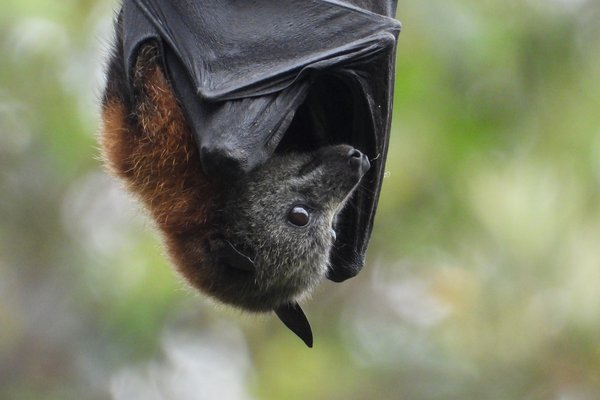Fruit Flies: A Case of Mistaken Identity
Have you ever left some ripe fruit on the kitchen bench overnight only to find a swarm of tiny flies hovering there the next morning?

© unknown
Well, these ‘fruit flies’ suffer from a case of mistaken identity.
Just where do those little flies around your fruit bowl come from? Out of the fruit? Through the kitchen window? Are these the fruit flies that need to be quarantined? Are they a nasty pest that actually causes fruit to rot or are they just attracted to fermenting fruit?
This is one of those stories where the problem has to be introduced before the solution makes sense. In a popular gardening column I’ve seen a wonderful invention that traps and kills thousands of fruit flies on the ground under fruit trees – but what the inventor didn’t realise was that the fruit flies filling the trap daily were the wrong ones. It’s not the only example of such confusion I’ve come across, and I think I know where it stems from.
Yes, there are different kinds of fruit fly – and to keep it simple, let’s just focus on the two common Australian kinds: the good Drosophila, and the bad Bactrocera. It’s a paradox that the object of so much research in genetics and evolutionary biology (Drosophila) is not the same as the fruit fly that causes fruit-growers so much grief (Bactrocera).
You may well imagine that the research you hear about that relates to ‘fruit flies’ is directed towards controlling the pest – which does cause millions of dollars in horticultural damage each year – but this is not the case. Certain species of Drosophila, particularly melanogaster, are ideal for genetic experimentation, and over the last 100 years our understanding of DNA has resulted largely from these studies.
The tiny flies around well-ripened fruit in your kitchen or landing in your wine glass are always species of Drosophila, not the larger pest fruit fly Bactrocera. Just a handful of the 1150 known species of Drosophila are found in Australian kitchens and gardens. These brown-bodied, red-eyed flies are not really pests and they don’t cause fruit to rot – they just enjoy it once fermentation has begun.
They also occur (with other species) in swarms under fruit trees where they accumulate because of the ferment odours, so the garden is the most likely source of the flies at your kitchen fruit bowl.
Are they filthy disease-laden pests to be exterminated? Well, they are as filthy as a butterfly – in other words, not very. Males and females locate each other on fruit at first light, so why not just enjoy watching them?
Shane McEvey
Editor, Records of the Australian Museum
First published in Explore 29(4), p 14.












